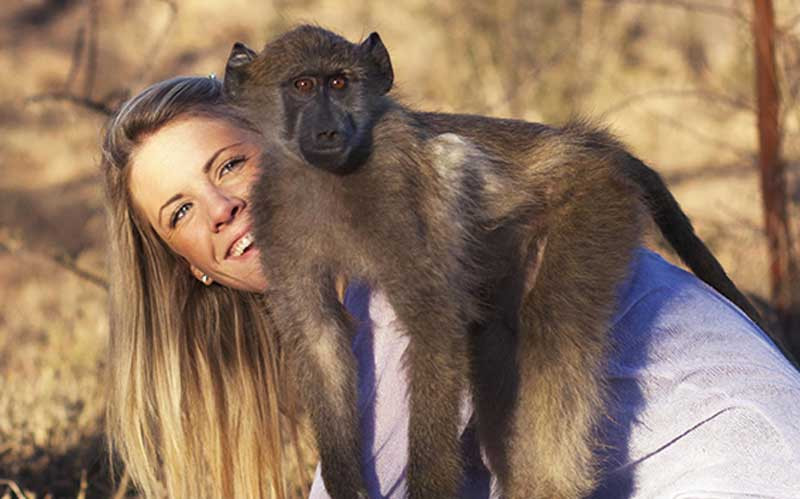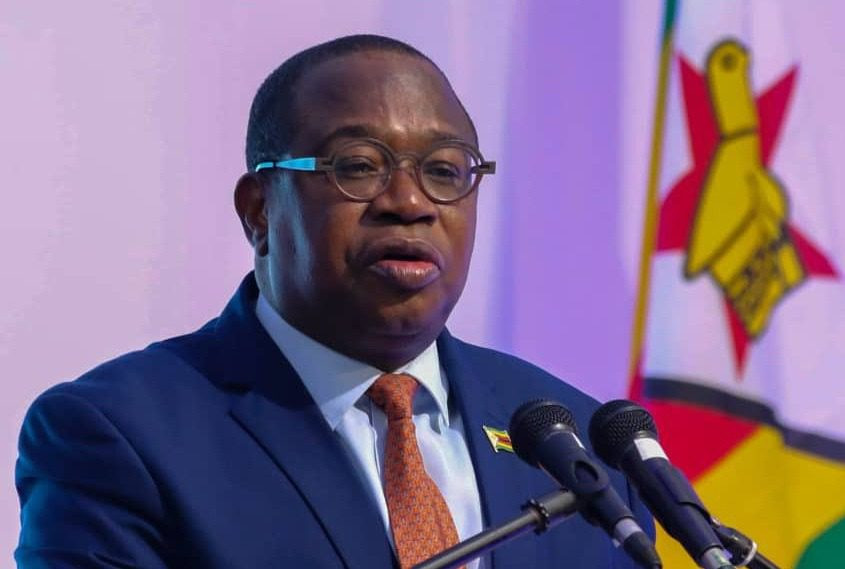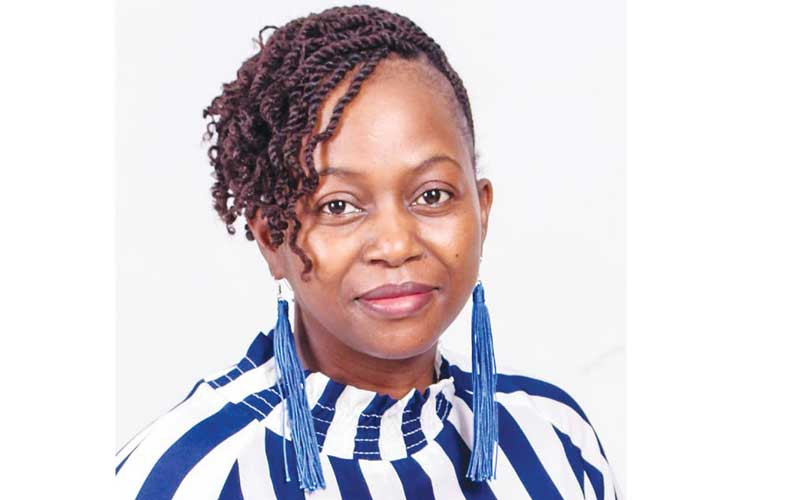
LATE one afternoon in 2013, on a cattle and game ranch in the Midlands province of Zimbabwe, Baye Pigors shot a baboon. It wasn’t the first animal that the trainee guide had shot. But it was the last.
A decade later, Pigors is on the cusp of releasing a troop of 15 rescued baboons back into the wild in collaboration with Zimbabwe Parks and Wildlife Management Authority. The baboons have been cared for at her wildlife sanctuary, Free To Be Wild, on the outskirts of Bulawayo.
“We could talk about the 10th anniversary of Free To Be Wild and all we have achieved. But it would be like a story without a beginning. I wanted to share the beginning because I have taken full responsibility for what happened,” says Pigors.
The bullet from her gun had wounded the baboon, and the hunter she was with shot again. The rest of the troop ran. Retrieving the body, he found a tiny baby clinging to the dead primate.
“I remember he took the baby off her body and brought her to me. The little baboon was screaming and terrified, and at that moment, I realised what I had done. It wasn’t only that there was a baby left without her mom, but that I had taken the life of a baboon so recklessly without giving it a second thought,” Pigors says.
On farms throughout Zimbabwe, conflict between people and baboons is common, and these “problem” animals are still often shot. They’re smart enough to raid feedlots, crops and storerooms in search of high-calorie food and, in some rural areas, pose a real threat to food security. But they have been characterised as vermin, dirty and destructive.
“Growing up, I remember visiting farms where children were rewarded for every primate killed. It was Sunday afternoon sport,” Pigors recalls.
Pigors had grown up with hunting as a way of life, shooting impala and zebra on friends’ farms and was studying to be a guide when she shot the baboon. To qualify as a guide in Zimbabwe, you need to personally hunt and kill a number of dangerous animals.
- Slaughter of impounded goats barbaric
- Pitbull owners commended for surrendering their dogs to SPCA
- Climate change is real, be alert
- SPAR Zim Rainbow Run is back
Keep Reading
“I thought nothing of it when I pulled the trigger,” says Rigors. Her remorse was instant, gut-wrenching and heartbreaking.
“The big thing for me was that I took away an animal’s right to life. I sat in the cruiser holding that baby, promising her a life back with her own kind.”
One of many questions Pigors asked herself, was, as humans, should we really get to decide what animals get to live or die based on how they inconvenience us, or how we perceive them? Her answer was a categorical no. While she will “always” carry the guilt for the death of that mother baboon, she’s used it to fuel her deep sense of responsibility for primates and other animals that have been injured or orphaned.
Umfazi, as she named the orphaned baboon, went everywhere with Pigors. She “slept with me and never ever left me, but as she got bigger, I knew I needed to think longer term,” she explains.
Pigors could not find facilities that focused as extensively on the quality of life she wanted for Umfazi, where there were other baboons, and she would be free. Naankuse Foundation in Namibia, a non-governmental organisation and sanctuary she admired, could not release baboons at the time due to permit and space restrictions.
“They said if we could get her there, they would integrate her into a troop, but I needed to understand she would likely never be released,” Pigors says.
She found Bambelela Wildlife Care and Vervet Monkey Rehabilitation in South Africa. Its founder, Silke von Eynern, inspired her with the story of a baboon she had managed to integrate into a wild troop.
However, moving Umfazi over the border to South Africa would have been almost impossible. Silke suggested Pigors opens her own sanctuary.
“She told me ‘you have a clear passion and dedication to your baboon and her return to the wild. A sanctuary is not a zoo. It’s a facility for safekeeping that has a purpose and mission. And if your mission is to release Umfazi back into the wild, and that’s all you ever do, then you have completed what you set out to do’.”
In April 2014, a year after she took in Umfazi, Rigors created the Free To Be Wild sanctuary with the baboon emblem symbolising Umfazi and her mom “and how it should be”.
In 2015, Pigors registered Free To Be Wild as a non-profit trust, and the first-ever primate sanctuary to rehabiliate and release orphaned primates in Zimbabwe was set up.
Today, Free To Be Wild takes in all species. It operates under ZimParks. It is a registered organisation allowed to rescue, rehabilitate, release orphans and care for injured wild animals.
“We started with raising and rehabilitating baboons and monkeys, but there is so much need out there,” says Pigors. This includes educating people about primates, mitigating conflict with them and protecting them.
About 80% of the orphaned primates that come into the sanctuary are due to mothers being shot or killed on farms and villages because of the destruction of crops. The other 20% is from road accidents, electrocutions and the illegal pet trade.
Rehabilitating and releasing animals into the wild is not an easy thing. It’s a space of experimentation and learning by doing.
“It’s messy, often smelly, and I don’t have all the answers, but I know I am living my purpose through this work to give these animals a wild future rather than a life in a cage or a death sentence,” says Rigors.
In 2021, Free To Be Wild released its first troop of rescued vervets in collaboration with ZimParks into a national park in Zimbabwe. This was the first recorded troop release since the 1970s when a troop of monkeys was released onto an island in Kariba.
“I’d like to think Free To Be Wild is helping shift how people think of primates from being pests to being seen as valuable ecosystem members. I wish I’d seen this sooner myself,” Pigors says.
In 2018, they launched a school educational programme focusing on teaching children the importance of primates and methods of co-existence, reaching about 2 000 schoolchildren per term.
In 2024, they will launch a co-existence programme for villages that struggle with primates raiding their crops and destroying their livelihoods, and implement solutions to prevent persecution of the species.
“I never believed it would grow into what it has today. I have never stopped trying to fix my wrongs and educate myself on primates and how to prevent future tragedies by changing the minds and perceptions of people who see persecution or a bullet as the only way to deal with so-called problem animals,” Pigors says.
Sadly, Umfazi did not have the future Pigors dreamed of. Like her mother, she was shot and killed, the trigger pulled by an outside party. However, Free to Be Wild has released over 500 other rescued animals back into the wild.
“It’s easy to mess up or make a bad choice. But we have agency. We can change. And we can make change happen. I am not the same person I was in 2013. Do I regret pulling the trigger? Yes. But I don’t regret anything since.”







